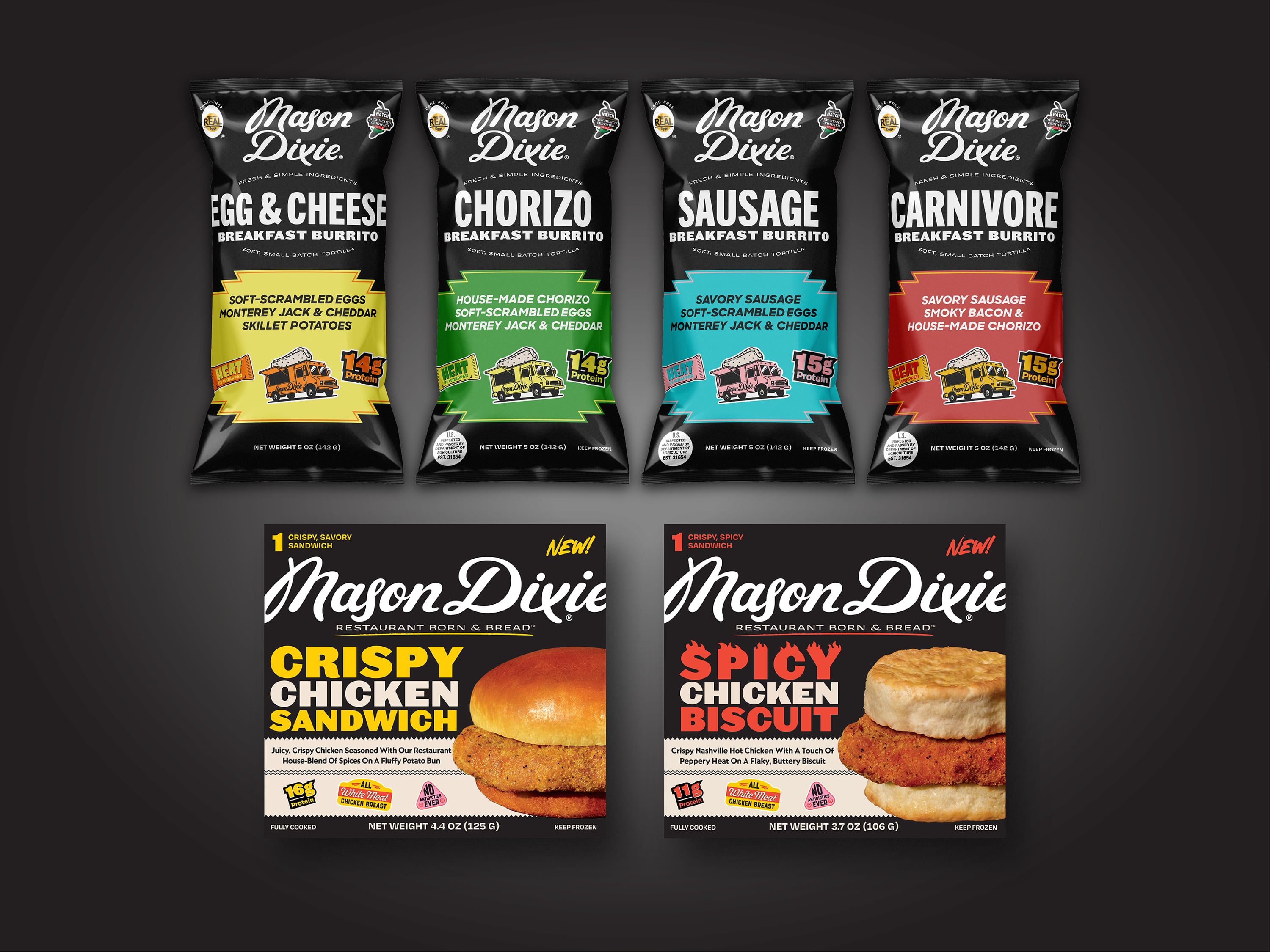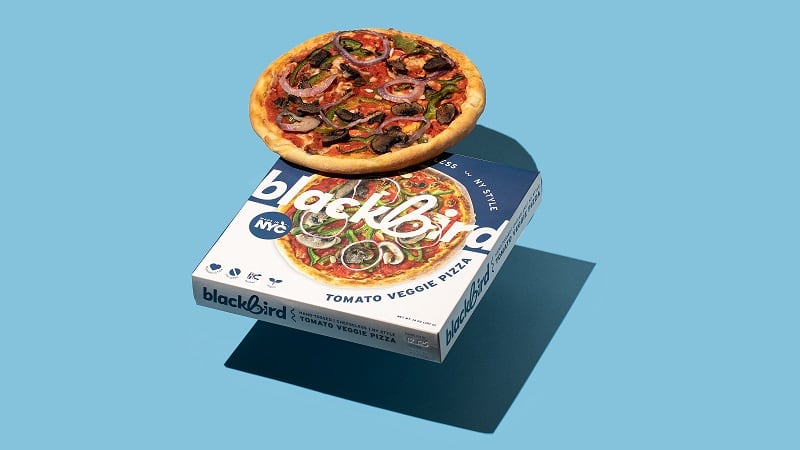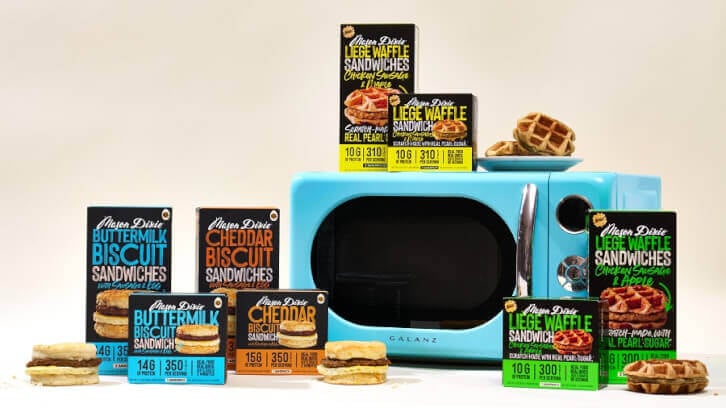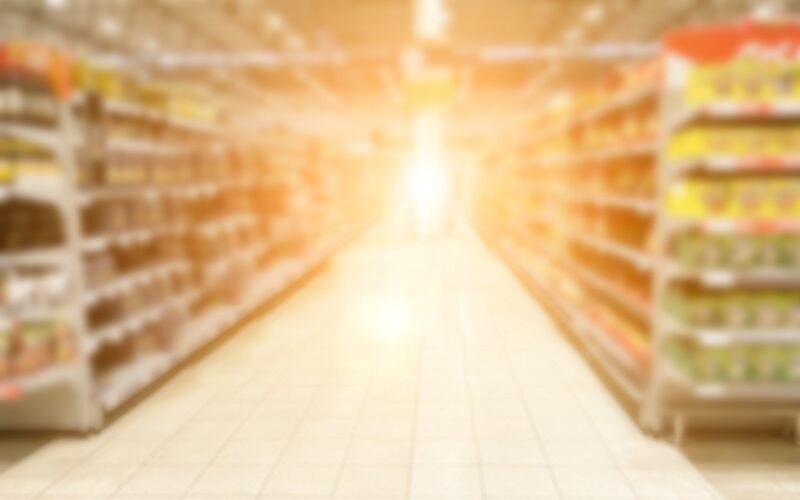A focus on natural channels and strategic portfolio expansion is helping frozen comfort food company Mason Dixie Foods grow despite the challenging retail landscape.
Mason Dixie is expanding its portfolio after the company “did a lot of SKU rationalization” and “did not go heavy into conventional” in 2024, explained brand Founder and CEO Ayeshah Abuelhiga. Abuelhiga wanted to focus first on expanding into natural channels before tackling more conventional retailers.
The efforts are paying off as Mason Dixie grew 43.2% in dollars and 19.3% in units for the 26 weeks ending Dec. 26, according to Nielsen IQ data. Mason Dixie expects to reach profitability in the second half of 2025 despite frozen food headwinds, noted Abuelhiga.
Supply chain constraints and retailers' hesitance to bring on new brands are starting to slow, she said. Additionally, consumers expect that frozen products cost less than fresh, which created challenges for Mason Dixie, she added.
“In frozen there still is a consumer expectation that frozen should be cheaper, and it is very challenging. We are on the premium end of the price spectrum, but we have had to work really hard to prove that there is value in that,” she said.
Mason Dixie expands on-the-go portfolio
Mason Dixie is breaking into the frozen burrito category with a new line of natural burritos, formulated with nitrate- and nitrite-free meat, cage-free eggs and no preservatives.
The breakfast burritos are available in sausage, egg and cheese, chorizo and carnivore (sausage, bacon and chorizo). They contain 14-15 grams of protein and will be available at Whole Foods Market, Wegman’s and Giant Foods starting this spring and summer.
Mason Dixie identified an area of whitespace innovation in the frozen burrito for an on-the-go natural option, Abuelhiga said.
With more chatter about better-for-you food and what chemicals are being banned, there is this energy, and the government is actually putting some wind beneath our sails a bit.
Ayeshah Abuelhiga, founder and CEO of Mason Dixie
“We invested in a cook-in-wrapper technology,” Abuelhiga said. “You do not have to have it on a plate. You can actually eat it with one hand on the go, just like our sandwiches.”
Additionally, Mason Dixie introduced two new breakfast chicken sandwiches: a crispy chicken sandwich and a spicy chicken biscuit, containing 16 and 11 grams of protein, respectively. The chicken sandwiches will be exclusive to Whole Foods and launch in late spring.
Mason Dixie was careful not to cannibalize existing product sales by focusing on spicy flavor innovation and a new potato bun for its crispy chicken sandwich, explained Abuelhiga.
“We looked at sandwiches, and we looked at what can be really incremental. We realized we are really doing well on these breakfast sandwiches,” she added. “But where do we see opportunities for other handhelds?”
The brand will feature the breakfast burritos and chicken sandwiches at its Natural Products Expo West booth #4973.
Expo West 2025 preview
Natural Products Expo West will take place March 4-7 in Anaheim, Calif., and will feature thousands of brands across the natural and organic space. Learn more about some of the brands exhibiting and ways to prepare for the event with the following articles:
Will a new administration lead to a natural boom?
The natural product category also might receive some tailwinds in the next couple of years from an unlikely source — the US government.
“With more chatter about better-for-you food and what chemicals are being banned, there is this energy, and the government is actually putting some wind beneath our sails,” Abuelhiga said.
With all the attention on ultra-processed versus natural food, Abuelhiga anticipates that the natural consumer base will expand, building off the strong demand from shoppers who adhere to a natural lifestyle, Abuelhiga said.
“There is something about the better-for-you consumer — their values do not shake,” she added.
The natural products market is primed for growth for the next four years. The segment is expected to increase from $320 billion in 2024 to $384 billion by 2028, growing 5% per year, according to Spins data.
Retailers are ready to take on new brands
Over the years, many CPG brands faltered and innovation slumped coming out of the pandemic, as retailers rationalized shelf space and focused more on their private-label businesses. However, Abuelhiga is confident that retailers are changing their tune on product assortment and are on the hunt for new and innovative brands.
“I feel the energy and the spirit of pre-COVID again. Buyers are excited about innovation again. They know they need a massive renovation because it has been almost five years of stale” product innovation, said Abuelhiga.
“The downside is the grand reckoning of the last few years has really reduced the amount of innovation and assortment that they can choose from,” she added.





